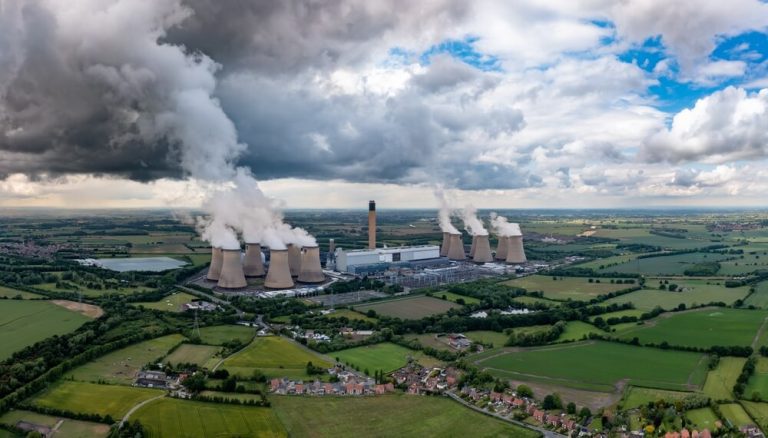By Tom Brown, Managing Director, Real Estate at Ingenious As we move toward 2025, the UK real estate market is navigating a complex and ever-evolving landscape. Investors must weigh evolving factors such as political uncertainties, shifts in rental demand, and the impact of economic pressures on borrowing costs. Here’s five areas to watch in real estate in 2025: The political landscape continues to present risks for real estate in 2025. Key uncertainties include potential changes in global leadership, especially within major economies like the United States, and the ongoing repercussions of the UK’s post-Brexit relationship with the European Union. Challenges around trade deals, tariffs, and economic isolation remain a threat to market confidence and transaction volumes. For property investors and developers, these uncertainties make long-term planning increasingly complex. In a volatile political climate, many may adopt a more cautious approach, focusing on adaptable strategies to mitigate risk and anticipate shifts in policy. The rental market is expected to maintain strong momentum as homeownership remains difficult for many. The discontinuation of government schemes like Help to Buy, combined with high mortgage rates and inflation, have left first-time buyers struggling. Consequently, rental demand, particularly in urban areas, is set to grow, with residential rents seeing double-digit increases. Traditional buy-to-let investors continue to feel the pinch from a changed tax framework, increased regulations and a tougher compliance environment, reducing rental supply. This can only further elevate rents by reducing supply and underscores a shift towards Build-to-Rent developments. These purpose-built projects are designed with long-term renters in mind, providing stable and attractive returns for investors. Interest rates will remain a key driver for the real estate market in 2025. Although expectations are for gradual reductions, borrowing costs will stay elevated compared to pre-pandemic norms due to broader economic pressures, such as high global debt and inflation concerns. For homebuyers, developers, and the buy-to-sell market, this means persistent challenges in accessing affordable financing and moving forward with large-scale investments. The construction industry remains vulnerable to high inflation, despite anticipated base rate reductions. Rising costs for materials and labour have already strained smaller contractors, and a resurgence of inflation could see further financial stress. The introduction of a stricter regulatory environment under the Building Safety Act adds another layer of complexity and cost, potentially leading to delays in project timelines and further contractor difficulties. Co-Living continues to gain traction in dense urban areas like London, appealing particularly to young professionals seeking flexible, community-driven living arrangements. These modern spaces provide not just accommodation, but a lifestyle—with shared amenities and communal environments fostering a sense of connection. Investors are recognising the long-term growth potential of the Co-Living sector, which aligns with broader trends towards affordability and flexible living options. As housing costs remain high, Co-Living is poised to complement traditional rental models and become a key part of the housing market in 2025 and beyond. Conclusion The UK real estate market in 2025 is set to navigate a complex landscape shaped by political, economic, and regulatory factors. From political uncertainties and shifting rental dynamics to interest rate pressures and construction challenges, adaptability and strategic foresight will be key for investors. Emerging trends like Co-Living underline the sector’s evolution, offering flexible, community-driven solutions that resonate with changing market needs. As these dynamics unfold, the focus on resilience and innovation will define success in an increasingly demanding environment. Building, Design & Construction Magazine | The Choice of Industry Professionals










